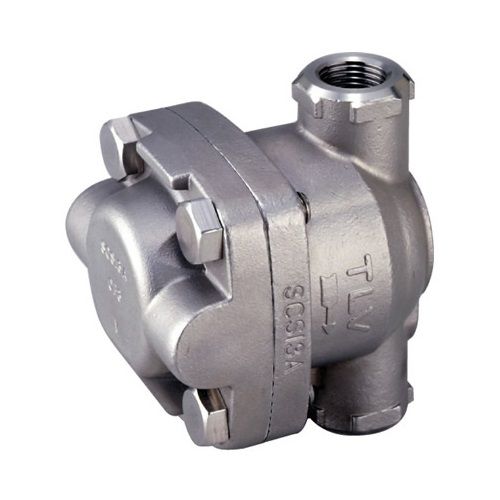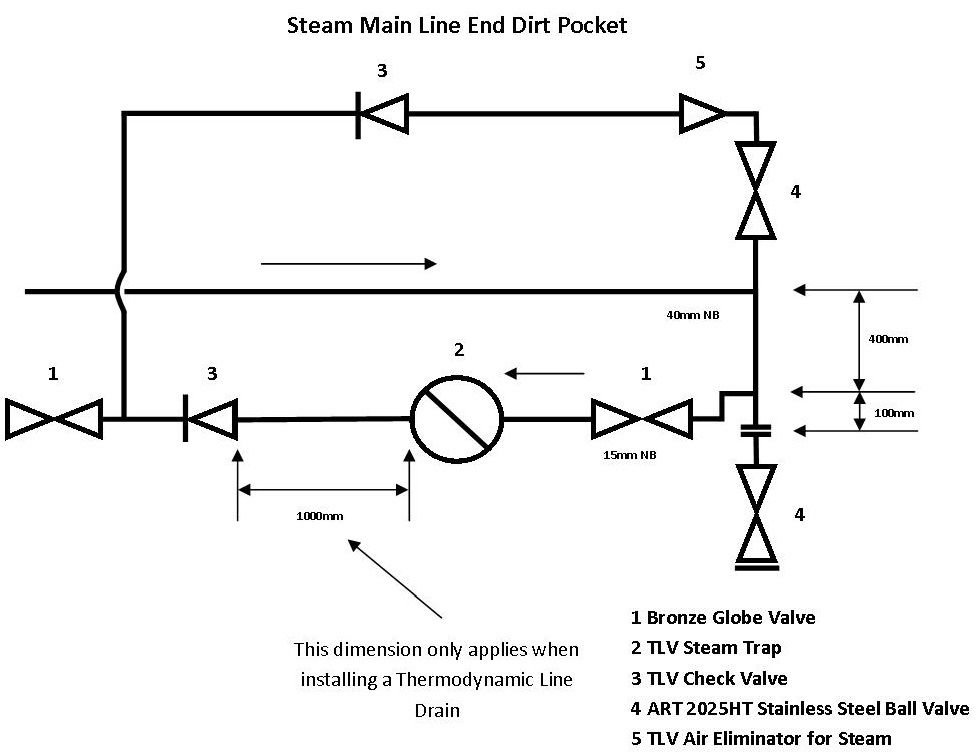Process Steam Efficiency from Besseges

Achieving process steam efficiency for some appears to be a hard road, but the truth is making small changes to your steam system can make a bigger impact than you think. Steam systems that are poorly managed and badly maintained are going to be costly and inefficient resulting in poor outcomes from greatly reduced heat transfer rates. But even some well-maintained and modern process steam systems don’t always result in the process steam efficiency that business expects. In the many years we have been a process steam specialist merchant we have witnessed many instances of best practice on installation ignored.
Typical examples include shallow dirt pockets, line ends without air eliminators, pressure-reducing sets installed poorly and one of the most common strainers installed vertically in process steam lines resulting in water hammer issues. For the best advice available on process steam efficiency from a process steam specialist merchant please talk to us at Besseges and we will ensure you have the right product at the right price and after it is installed the after-service you’d expect from your best suppliers. Please contact us today for more information on all we can offer or click the read more icon for more information on process steam efficiency.
Process Steam Efficiency Dirt Pockets
Dirt pockets on steam systems play a key role in process steam efficiency by reducing condense within the steam flow and as the description indicates foreign objects drop naturally into dirt pockets leaving a cleaner steam flow. Reducing water content in your steam flow ensures better heat transfer to your processes and reduces greatly the instances of damage due to water hammer. Although if you make your dirt pockets too shallow the resulting water hammer issues can be loud and sometimes catastrophic, as a guide certain dimensions should be adhered to and the sketch below provides this information.

The sketch shows a simple layout for a line-end dirt pocket with the relevant valves and the dimensions required for the majority of dirt pockets. The overall depth of 500mm from the centre of the steam main to the bottom of the pocket ensures that no matter what size of pipework is used, up to and including tube up to 150mm nominal bore, your dirt pocket will always operate efficiently especially on start up where the dimension is more critical than ever. Add to this on a line end the added aid of an air eliminator to remove the huge air volumes that occur at line ends and your start-up is greatly improved. Relying just on the steam trap alone to remove the excess air can increase the time required for your system to reach optimum efficiency and increase your costs. If you wish to discuss with us the efficiency of your steam system please contact us and in many cases, we can also arrange a site visit. This year already we have worked closely with a major manufacturing site to improve process efficiency and reduce costs.
Process Steam Efficiency Heat Transfer
One of the most common errors in many plants is the assumption that running your systems at lower pressures will reduce costs. This is just not the case as heat energy is released most efficiently at lower pressures and in reducing the pressure volume carried is sacrificed. In most cases feeding your steam system at higher pressures to the point of use is most likely to be the efficient way to work and then reducing the steam pressure at the point of use with a pressure-reducing set will satisfy the demands of the process. Running your entire system at lower pressures results in an increase in condense production across the system and many cases, the design volume of the steam boiler is lost. For instance, a 50mm nominal bore steam line will carry approximately 1420kg/hr at 10 bar, and that same line at 6 bar will only carry 923kg/hr, these figures are based on a steam velocity of 30m/s.
You can see by these figures that this is a loss of around a third of the maximum volume of steam available. If you add to this increased heat losses at lower pressures, especially on systems where the insulation is poor or non-existent what you’re left with is a very inefficient steam system and increased costs. That last sentence then brings us to another common problem, insulation or the lack of it in some cases. By installing pipe insulation on your steam and condense lines it is possible to make huge savings, a good quality insulation product foil backed 50mm thick can cut condense production in process steam lines by 90%, a definite mover towards process steam efficiency.
If you follow this link to our TLV Steam Tool it is possible to work out your heat losses and once you have done this please contact us for your insulation requirements. Included in our product range are also valve jackets and flange boxes although they are not mentioned on the Website we can offer locally manufactured products to suit any dimensions. Please contact us to discuss all your process steam requirements, we are keen at Besseges (VTF) Ltd to ensure that our customers always receive the right products to aid in process steam efficiency, you can always be assured that what we offer will be the most cost-effective solution to your process steam efficiency requirements. For more information on process steam efficiency please take the time to read our next blog on this subject or contact us today.
Register For An Account
Save & manage your details, access invoices, and enjoy a quicker shopping experience!